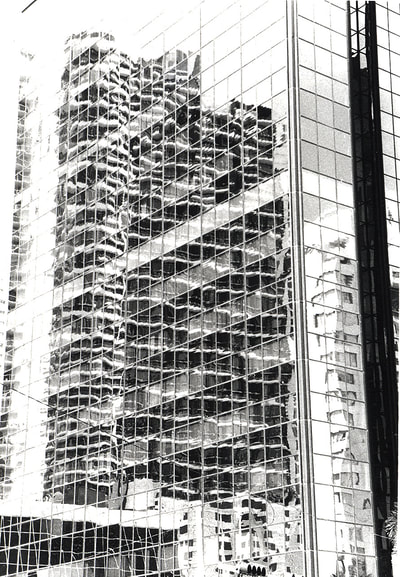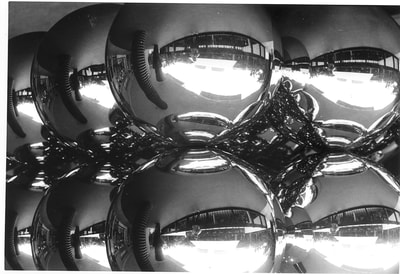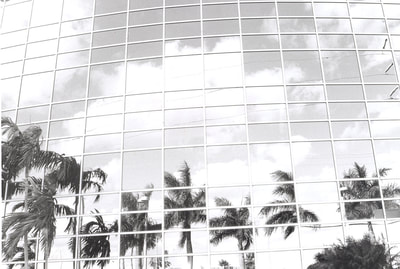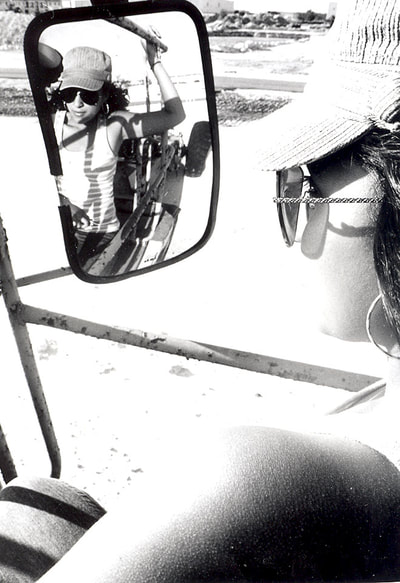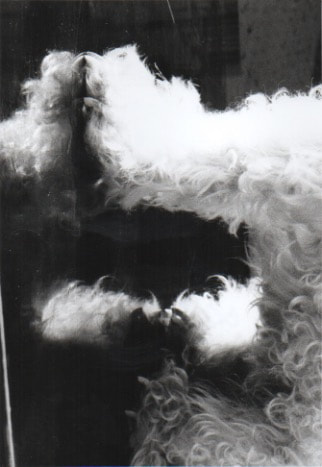- Home
-
PHOTO 1
-
PHOTO 2
-
PHOTO 3
- INFO >
- CLASS NOTES
-
ASSIGNMENTS
>
- STUDIO LIGHTS
- Composing: Creating an Abstract or Geometric Composition
- Composing: Creating an Abstract or Geometric Composition
- EMPHASIS ON COLOR THEORY
- DESIGNING IN B&W
- Formal and Informal Portraits
- CUBIST PORTRAITS
- NATURAL LIGHTING
- COMPOSITION - SCAVENGER HUNT
- STREET PHOTOGRAPHY
- MANDALA
- NIGHT
- RHYTHM & REPETITION
- PATTERNS & RHYTHM WITH LIGHT
- STUDIO PORTRAITURE
- PHOTOGRAM - MEMOIRS - THE DIGITAL VERSION
- HDR Landscapes
- PORTFOLIO
- VIDEOS
- HANDOUTS
- GALLERY
-
AP 2D ART + DESIGN
- INFO >
- SUMMER PROJECT
- SUSTAINED INVESTIGATION
- ELEMENTS + PRINCIPLES
- STUDIO LIGHTS
-
ASSIGNMENTS
>
- DESIGNING IN B&W
- COLOR THEORY
- TRIPTYCH
- SUSTAINED INVESTIGATION #1
- SUSTAINED INVESTIGATION #2
- SUSTAINED INVESTIGATION #3
- SUSTAINED INVESTIGATION #4
- SUSTAINED INVESTIGATION #5
- SUSTAINED INVESTIGATION #6
- SUSTAINED INVESTIGATION #7
- SUSTAINED INVESTIGATION #8
- SUSTAINED INVESTIGATION #9
- SUSTAINED INVESTIGATION #10
- ABSTRACT & GEOMETRIC COMPOSITION
- STUDIO PORTRAITURE
- TEXTURES & ABSTRACTIONS FROM THE...
- WEBSITE PORTFOLIO
- CLASS NOTES
- HANDOUTS
- VIDEOS
- GALLERY
- 3D ART 1
- 3D ART 2
- 3D ART 3
- Contact
OBJECTIVES
This assignment has two primary objectives:
1. Learn to get the right amount of exposure in outdoor daylight settings.
2. Learn through experimentation to recognize and select some of the effects of reflections.
WHAT TO DO
Become an observer. Look for reflections in glass, water, mirrors, or other surfaces that show reflections, such as metallic. Think outside the box. Look for reflections all around you. In mirrors, glass, window store fronts, metallic surfaces (cars, metal vases, etc…), water, etc…… Do not forget about your Elements of Art and Design Principles!!! Use Depth of Field according to you composition. Use a shallow depth of field to isolate your subject. Look for lines, shapes, textures within your reflection. DO NOT FORGET ABOUT COMPOSITION. REMEMBER THIS ROLL I AM LOOKING AT COMPOSITION ALONG WITH YOUR SUBJECT.
Do not photograph yourself smiling and posing in every reflection. Avoid the typical car side view mirror! If you decide to photograph that, make sure it is different and unique!!!!
DON’T FORGET: SHUTTER SPEED SHOULD NOT BE LESS THAN 60TH OF A SECOND. DO NOT SHOOT INDOORS, AT NIGHT OR IN LOW LIGHT SITUATIONS. YOU WILL HAVE A DIFFICULT TIME GETTING THE RIGHT EXPOSURE AND I WILL NOT GRADE IT!!
Useful websites:
Photo Forum
Reflections
Dan Heller
Foto Search
Exposure Speed and Aperture (keep records)
The shutter speed for a hand held camera must be as fast as the lens focal length. Otherwise the picture is likely to be blurry due to camera motion. A normal 50 mm lens requires 1/60th of a second or faster when hand-holding the camera (1/60th is shown as a simple 60 on the camera). Wide angle lenses (28 mm or 35 mm) can be sharp at 1/30th of a second. A 100 mm telephoto lens requires 1/125th of a second for a hand-held camera.
Adjust the shutter speed and the aperture according to the light meter's recommendations. Ask about this if you are not certain.
USING VARIOUS METERING TECHNIQUES
Use your notes from class about metering. We covered Average weight meter, spot metering and metering for your 18% gray. For even lighting, meter as normal. For uneven lighting, meter your shadow or a shadow near you. Fill in the frame with your shadow, meter and take your photo. For detail, portraits, or you are filling your frame with you image, spot meter. Zoom in, fill in the frame with the area you would like to spot meter, meter, and re-compose your image and take the shot.
THINGS TO DO AS YOU ARE TAKING THE PICTURES
Look at your notes for creating a good composition. Keep these tips in mind.
· Vertical/horizontal
· Different point of view
· Rule of thirds
· Content/subject
· Get close
· Fill the frame
· Avoid distracting backgrounds
· Leading lines
· Shapes
· Contrast
· Emphasis
· Balance
· Sharpness
PROCESS FILM AND CONTACT PRINT THE NEGS
See appropriate instructions and in-class demonstrations. After processing examine the negatives for exposure and contrast range. Note any irregularities and be sure to find out the reason for them. Create a contact sheet with your negatives. It is easier to make compositional choices from positive than from negatives. It is better to make exposure choices from the negatives themselves. Circle or mark at least 5 photos that you feel are your best. Make sure they are marked before turning them to be graded.
PRINTING
Save every test strip and ruined piece of paper used while printing this assignment. We will discuss this during critique. We can often think of ways to cut waste and your cost. A certain amount of waste will always happen. It is not counted against you in the grade, but you pay for the paper.
____ 1. Print 4 prints (8x10 inches).
Be sure to print a full range of contrast in this print with some white-white and some black-black. Include all possible textural information in all the tonal areas including the light and dark parts of the print. This is the final print for this assignment. This will be printed after critique.
FEEDBACK
During critique you will be able to discuss the results with the instructor and students in class. Bring all prints, wasted paper, negatives, contacts, shooting record and printing records.
This assignment has two primary objectives:
1. Learn to get the right amount of exposure in outdoor daylight settings.
2. Learn through experimentation to recognize and select some of the effects of reflections.
WHAT TO DO
Become an observer. Look for reflections in glass, water, mirrors, or other surfaces that show reflections, such as metallic. Think outside the box. Look for reflections all around you. In mirrors, glass, window store fronts, metallic surfaces (cars, metal vases, etc…), water, etc…… Do not forget about your Elements of Art and Design Principles!!! Use Depth of Field according to you composition. Use a shallow depth of field to isolate your subject. Look for lines, shapes, textures within your reflection. DO NOT FORGET ABOUT COMPOSITION. REMEMBER THIS ROLL I AM LOOKING AT COMPOSITION ALONG WITH YOUR SUBJECT.
Do not photograph yourself smiling and posing in every reflection. Avoid the typical car side view mirror! If you decide to photograph that, make sure it is different and unique!!!!
DON’T FORGET: SHUTTER SPEED SHOULD NOT BE LESS THAN 60TH OF A SECOND. DO NOT SHOOT INDOORS, AT NIGHT OR IN LOW LIGHT SITUATIONS. YOU WILL HAVE A DIFFICULT TIME GETTING THE RIGHT EXPOSURE AND I WILL NOT GRADE IT!!
Useful websites:
Photo Forum
Reflections
Dan Heller
Foto Search
Exposure Speed and Aperture (keep records)
The shutter speed for a hand held camera must be as fast as the lens focal length. Otherwise the picture is likely to be blurry due to camera motion. A normal 50 mm lens requires 1/60th of a second or faster when hand-holding the camera (1/60th is shown as a simple 60 on the camera). Wide angle lenses (28 mm or 35 mm) can be sharp at 1/30th of a second. A 100 mm telephoto lens requires 1/125th of a second for a hand-held camera.
Adjust the shutter speed and the aperture according to the light meter's recommendations. Ask about this if you are not certain.
USING VARIOUS METERING TECHNIQUES
Use your notes from class about metering. We covered Average weight meter, spot metering and metering for your 18% gray. For even lighting, meter as normal. For uneven lighting, meter your shadow or a shadow near you. Fill in the frame with your shadow, meter and take your photo. For detail, portraits, or you are filling your frame with you image, spot meter. Zoom in, fill in the frame with the area you would like to spot meter, meter, and re-compose your image and take the shot.
THINGS TO DO AS YOU ARE TAKING THE PICTURES
Look at your notes for creating a good composition. Keep these tips in mind.
· Vertical/horizontal
· Different point of view
· Rule of thirds
· Content/subject
· Get close
· Fill the frame
· Avoid distracting backgrounds
· Leading lines
· Shapes
· Contrast
· Emphasis
· Balance
· Sharpness
PROCESS FILM AND CONTACT PRINT THE NEGS
See appropriate instructions and in-class demonstrations. After processing examine the negatives for exposure and contrast range. Note any irregularities and be sure to find out the reason for them. Create a contact sheet with your negatives. It is easier to make compositional choices from positive than from negatives. It is better to make exposure choices from the negatives themselves. Circle or mark at least 5 photos that you feel are your best. Make sure they are marked before turning them to be graded.
PRINTING
Save every test strip and ruined piece of paper used while printing this assignment. We will discuss this during critique. We can often think of ways to cut waste and your cost. A certain amount of waste will always happen. It is not counted against you in the grade, but you pay for the paper.
____ 1. Print 4 prints (8x10 inches).
Be sure to print a full range of contrast in this print with some white-white and some black-black. Include all possible textural information in all the tonal areas including the light and dark parts of the print. This is the final print for this assignment. This will be printed after critique.
FEEDBACK
During critique you will be able to discuss the results with the instructor and students in class. Bring all prints, wasted paper, negatives, contacts, shooting record and printing records.




